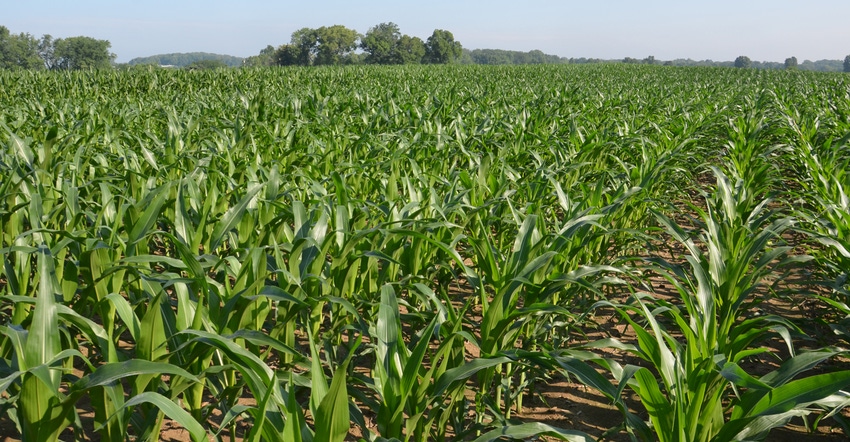August 24, 2020

A well-respected farmer suggests going back to set-aside programs implemented by the farm bill in decades past to reduce corn stocks. He doesn’t see ethanol demand coming back soon and believes exports are shaky.
Growing up on a farm in the 1960s and 1970s, I remember set-aside programs vividly. One nefarious reason is because I worked for a farmer who let set-aside acres grow rank with foxtail. Then he hired me to mow it. One year I missed watching my younger brother show pigs at the county fair because the neighbor insisted I knock that grass down before an inspector checked his fields.
Whether they ever worked as intended is up for debate. On the surface, the idea makes some sense, although it requires the government paying farmers not to grow crops. In today’s situation, the farmer who mentioned the idea may also have a point when it comes to ethanol and exports. Those are also unknowns up for debate. Ethanol companies are looking for new uses, including producing beverage-quality alcohol. If they’re successful, it might change that debate.
That aside, I decided to ask a couple of agricultural economists if they thought it was time for Congress to reconsider set-aside tactics. Michael Langemeier and Jim Mintert, both Purdue University Extension ag economists, weren’t shy about expressing their opinions, with facts and logic to back them up. Both are part of the Purdue Center for Commercial Agriculture.
Different time
“I’m not a fan of supply control programs,” Langemeier says. “Their disadvantages swamp any short-term advantages they may have.”
Mintert adds, “Domestic supply control programs aren’t really feasible in today’s world, as the U.S. share of corn, soybean and wheat production and exports is much smaller than it was decades ago.
“Additionally, exports of meat products have become much more important, to the extent that if a domestic supply program was large enough to actually push prices up, it would make U.S. livestock production less competitive in the world market.”
“As Jim notes, these programs were more effective when the U.S. share of world production was much higher than it is today,” Langemeier says. “If U.S. farmers set aside acres today, there is nothing stopping our competitors from making up the difference in production.
“What typically happens is that we just end up losing market share. And as Jim also noted, crop set-asides have an adverse effect on U.S. livestock production.”
A closer look
But there are more reasons Langemeier questions the validity of set-aside concepts today. “A small set-aside program, which maybe sets out 10% or less of acres nationwide, isn’t very effective and suffers from what some call slippage. For example, if there was a 10% reduction in acreage, there wouldn’t be a 10% reduction in production. That’s because farmers would set aside less productive ground, and likely augment resources on their better ground. Besides, either technology or weather can quickly defeat the goal of setting aside land and not farming it to bring down total production.”
Langemeier’s final reason is also very compelling for agriculture, in general. “There are winners and losers with government programs,” he says. “U.S. ag input suppliers would be big losers in the short run. I contend that today, U.S. farmers would lose in the long run by losing world market share.”
Comments? Email [email protected].
You May Also Like




